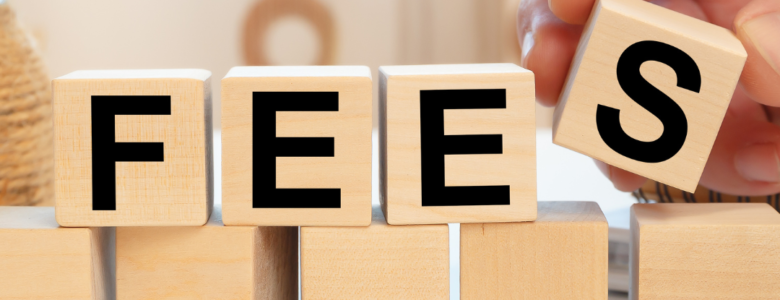When seniors consider obtaining a reverse mortgage, they must be aware of the associated costs, including loan origination fees. In this blog post, we’ll go over what reverse mortgage loan origination fees are and what they entail.
Reverse Mortgage Loan Origination Fees
Lenders charge a reverse mortgage loan origination fee to process and close the reverse mortgage. The fee typically represents a percentage of the home’s appraised value or the maximum FHA lending limit for the area, whichever is lower. The loan origination fee covers the lender’s expenses for processing the loan, such as underwriting, credit checks, and appraisal fees.
The amount of the loan origination fee varies depending on the lender and the loan amount. On a reverse mortgage, the lender may charge a maximum loan origination fee of 2% of the initial $200,000 of the home’s value and 1% of the remaining value, up to a maximum of $6,000.
For example, if a senior’s home is worth $300,000, the loan origination fee would be $4,000. This calculation takes 2% of the first $200,000, which amounts to $4,000, and 1% of the remaining $100,000, which amounts to $1,000. The total loan origination fee is $4,000 + $1,000, which is $5,000.
Why Do Reverse Mortgages Have Loan Origination Fees?
Reverse mortgages have loan origination fees because the lender incurs costs associated with processing and closing the loan. These costs include underwriting, appraisal, and credit check fees. Additionally, the lender must pay for mortgage insurance, which protects the lender if the borrower defaults on the loan.
The loan origination fee is meant to cover the costs of processing the loan and compensate the lender for their time and effort. Moreover, the loan origination fee serves as the funding source for servicing the loan over its term.
How are Reverse Mortgage Loan Origination Fees Paid?
The borrower does not have to pay the loan origination fee out of pocket for a reverse mortgage. Instead, it is paid from the loan proceeds and added to the loan balance, which is paid off gradually over time. This way, the borrower does not bear the cost of the loan origination fee directly.
For example, if the loan origination fee is $5,000, the loan balance would increase by $5,000. The loan proceeds that the borrower would receive will be less than the full loan amount, as the lender deducts the loan origination fee from it. However, the borrower would not have to pay the loan origination fee upfront.
Are Reverse Mortgage Loan Origination Fees Tax Deductible?
Borrowers can claim tax deductions for reverse mortgage loan origination fees if they are classified as mortgage interest. Lenders generally categorize the loan origination fee as mortgage interest because it includes the privilege of borrowing money.
However, the borrower must itemize their deductions to take advantage of the tax deduction. Additionally, the borrower must use the loan proceeds to improve their home or purchase a new home. The loan origination fee may not be tax-deductible if the borrower uses the loan proceeds for other purposes.
Obtaining a reverse mortgage incurs necessary costs, such as loan origination fees. Although these fees can accumulate, they aim to cover the expenses that the lender incurs for processing and closing the loan, and servicing the loan over its term.
Seniors must comprehend the costs of a reverse mortgage, such as the loan origination fees. Borrowers can add these fees to the loan balance and pay them off gradually, rather than paying them upfront. To make an informed decision, it is crucial to work with a reputable lender who can explain the expenses associated with the loan.








